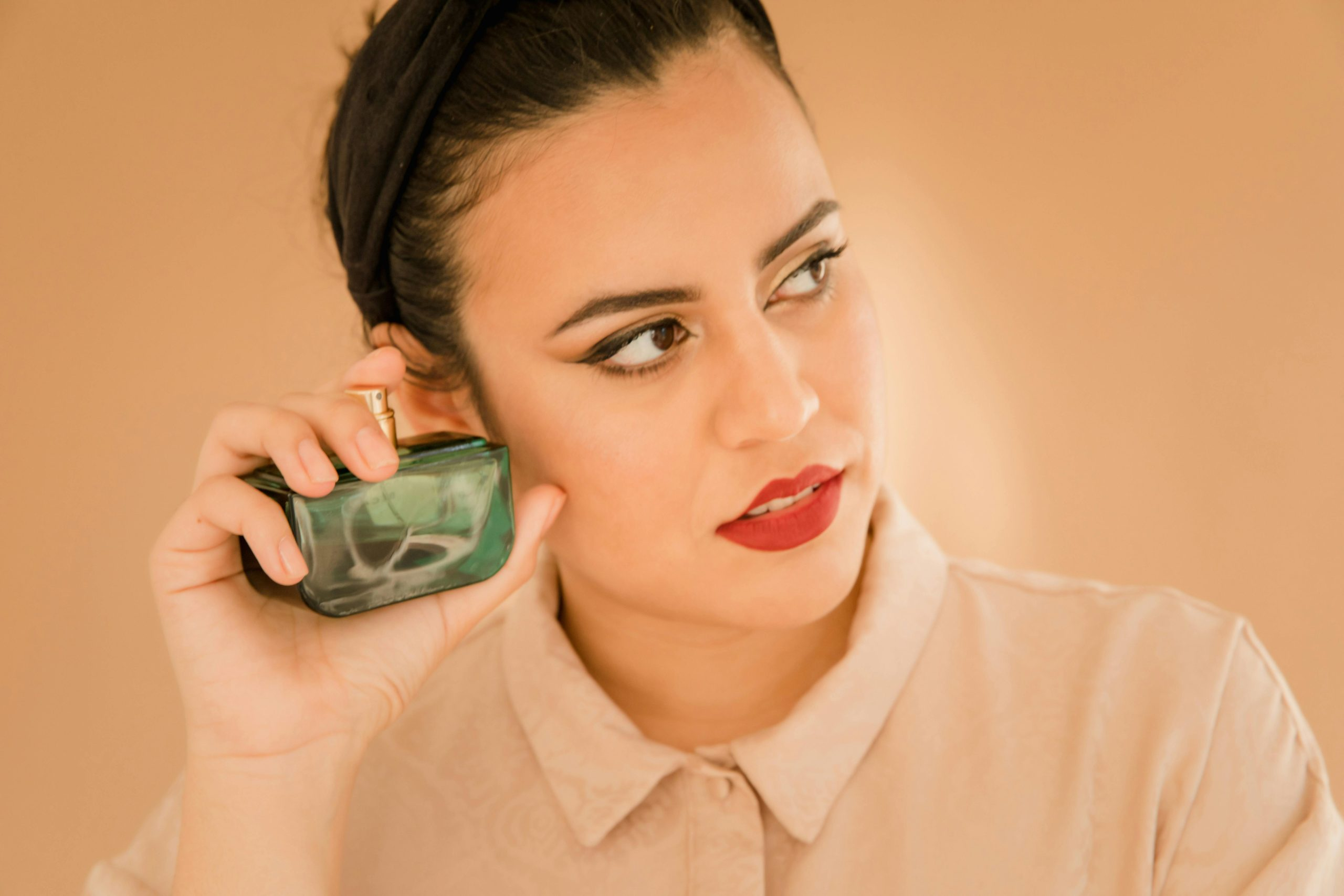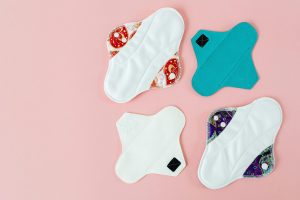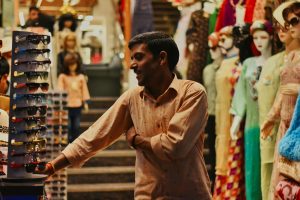From bespoke to ready-to-wear: the changing face of luxury fashion
The world of luxury fashion is constantly evolving, with new trends, styles, and designers emerging every day. In recent years, there has been a shift in the industry from bespoke, one-of-a-kind garments to ready-to-wear collections. This changing dynamic is not only impacting the way we shop for high-end fashion, but also the way designers create and produce their collections. Let’s take a closer look at the changing face of luxury fashion from bespoke to ready-to-wear.
The Rise of Bespoke Fashion
Bespoke fashion, also known as custom-made or made-to-measure, has been around for centuries. It was the pinnacle of luxury, with designers and skilled artisans creating one-of-a-kind pieces for their elite clients. These garments were handcrafted to fit their clients’ exact measurements and specifications, making them truly unique and exclusive. In fact, bespoke fashion was considered a status symbol, reserved only for the wealthy and elite.
For many years, bespoke fashion remained the standard for luxury brands, with many top designers specializing in this type of garment production. However, as the fashion industry continued to evolve, the demand for bespoke fashion began to decline. People were no longer willing to wait months for a custom-made garment, and the cost associated with it was astronomical for most consumers.
The Emergence of Ready-to-Wear
As the demand for bespoke fashion started to decrease, the popularity of ready-to-wear collections began to rise. Ready-to-wear, also known as off-the-rack, refers to garments that are produced in standardized sizes and sold in retail stores. These garments are pre-made and available for immediate purchase, making them a more convenient and affordable option for consumers.
The rise of ready-to-wear can be attributed to several factors, including advancements in technology and the changing lifestyle of consumers. With the advent of modern machinery and production techniques, designers were able to streamline the manufacturing process and produce more garments in a shorter period of time. This also allowed for a wider range of styles and sizes to be available to consumers.
Impact on Designers
The shift from bespoke to ready-to-wear has had a significant impact on designers. While many top luxury brands still offer bespoke services, many have also incorporated ready-to-wear collections into their offerings. This allows them to reach a larger audience and cater to the changing demands of the market.
For smaller and emerging designers, ready-to-wear presents an opportunity to break into the industry and gain recognition. With the rise of social media and e-commerce, designers can now showcase and sell their collections online, reaching a global audience without the need for a physical storefront. This has also allowed for more diversity and inclusivity in the fashion industry, with designers creating collections that cater to a wider range of sizes and demographics.
Changing Consumer Mentality
The changing face of luxury fashion has also had a significant impact on consumer mentality. As ready-to-wear becomes more accessible and mainstream, the allure of bespoke fashion may start to fade for some. People are now more focused on convenience and affordability, rather than the exclusivity and prestige that comes with owning a bespoke garment. This shift in consumer behavior is changing the way people perceive and consume luxury fashion.
The Future of Luxury Fashion
So, what does the future of luxury fashion look like? It’s safe to say that both bespoke and ready-to-wear will continue to coexist in the industry. While ready-to-wear may dominate the market, bespoke will always hold a special place in the world of luxury fashion. With consumer demands constantly evolving, designers will need to find a balance between the two, catering to both the high-end and mass markets.
In conclusion, the changing face of luxury fashion from bespoke to ready-to-wear is a reflection of the ever-evolving fashion industry and consumer behavior. While bespoke will always be a symbol of luxury and exclusivity, ready-to-wear has become the new standard, offering convenience and accessibility to a wider audience. As we move into the future, it will be interesting to see how designers continue to adapt to these changing dynamics.










